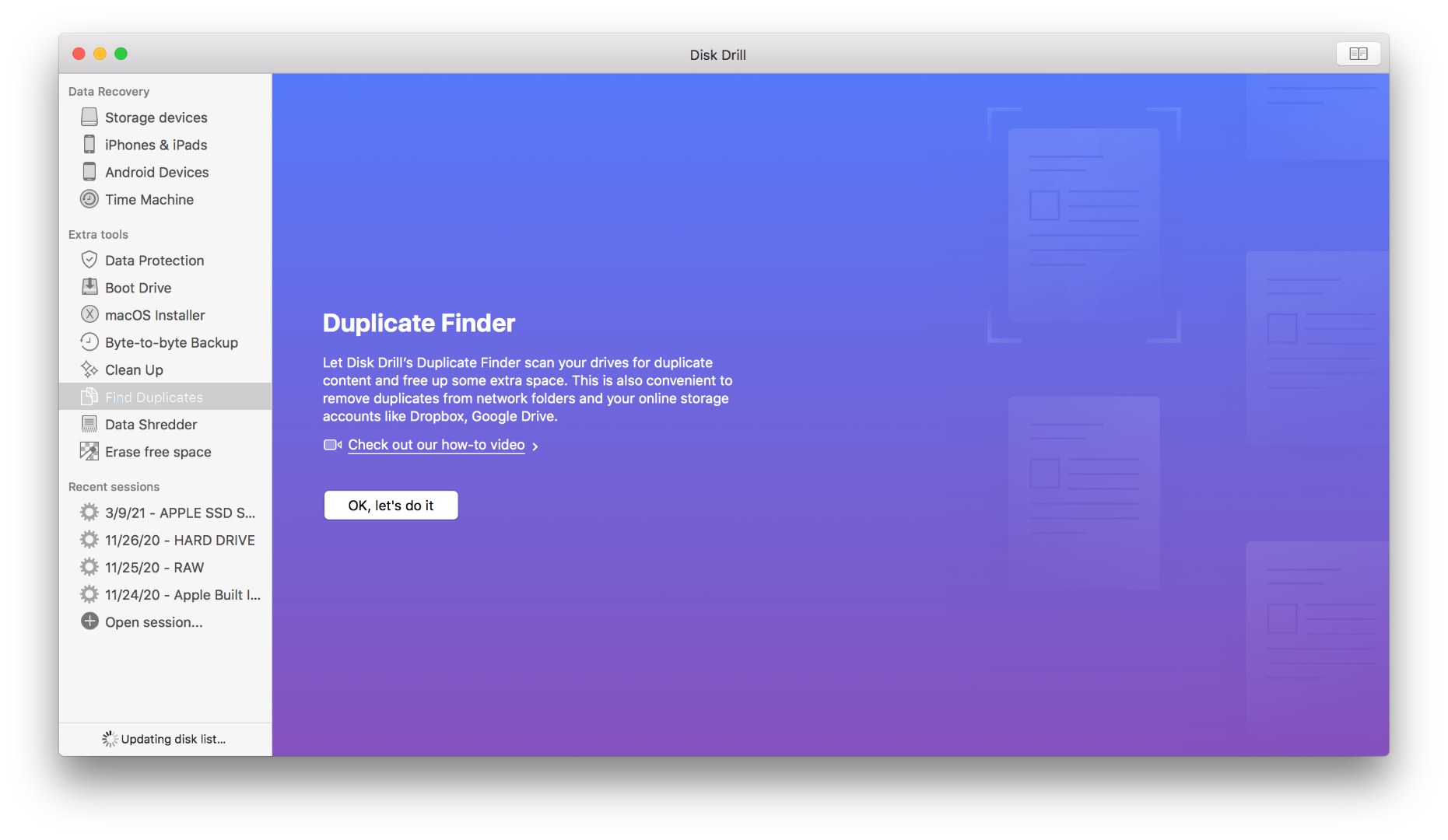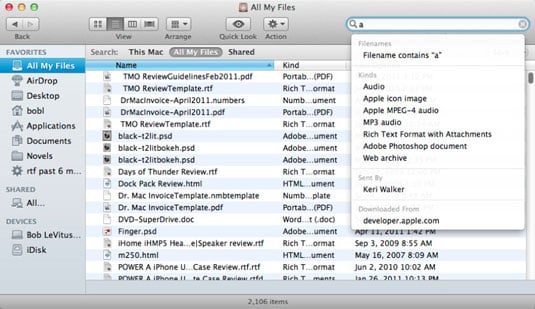

- #Mac finder searching for text how to#
- #Mac finder searching for text full#
- #Mac finder searching for text password#
- #Mac finder searching for text mac#
#Mac finder searching for text full#
The Quick Find bar does not have all the find bar controls and options, just the find field and the close button, but the search follows the options selected on the full find bar. Then type what you would like to search for.

Press the / key (forward slash character) while not into a text field to open the Quick Find bar. The Quick Find bar is useful for quick searches and is meant to disappear after a few moments. Whole Words: This highlights only entire words that match your search.For example, the search for "résumé" will not find a match for "resume". Match Diacritics: When this option is selected the search will distinguish between accented letters and their base letters.# localhost is used to configure the loopback interface
#Mac finder searching for text how to#
If you ever make a mistake and you’re not sure how to fix it, you can always restore the default hosts file contents by using one of the methods above to enter the following default information: Our examples mentioned blocking and redirecting distracting sites in a work environment but you can also use these steps to manually block access to malicious websites and, of course, other uses as well. When you’re done making changes, press Control-X to exit the editor, Y to save, and Return to overwrite the existing hosts file.Īs we mentioned earlier, make sure to flush your DNS cache if you notice that your new mappings aren’t working properly. Because we launched Nano using sudo, any changes will be authenticated and saved directly to the original hosts file, without the need to copy it outside of its home directory.Ĥ. Just as we did with the TextEdit method above, we can add, edit, or remove hostname mappings at will. To navigate and edit the file in Nano, use the arrow keys on your keyboard.ģ. You’ll now see the hosts file open in the Nano editor or vim or another editor of your choice.
#Mac finder searching for text password#
As with all sudo commands, you’ll need to also enter your admin password to execute it: " sudo nano /private/etc/hosts“Ģ. To get started, launch Terminal, type the following command, and press Return.The steps in the previous section are easy enough, but if you want to avoid copying the hosts file you can edit it directly in Terminal using the UNIX Nano Text Editor, which is built into macOS.
#Mac finder searching for text mac#
Your Mac will then come through the speakers saying “DNS cache has been flushed.” How to Edit Your Mac Hosts File In Terminal With Nano

Note: You will need to enter your admin password to execute this command. Now, type “ sudo killall -HUP mDNSResponder” and press Return.



 0 kommentar(er)
0 kommentar(er)
